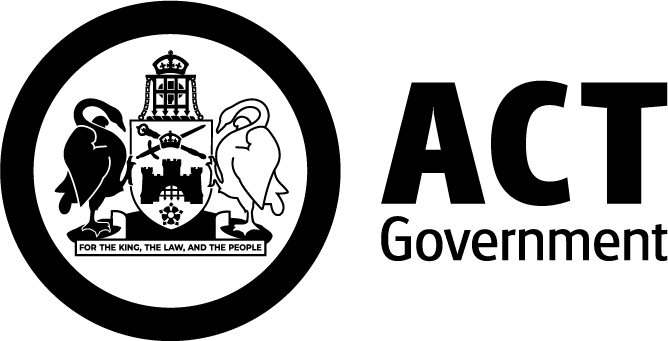Striped Legless Lizard (Delmar impar)

Description
- The Striped Legless Lizard can live between 7 to 20 years.
- They are usually less than 30cm long and weigh 3 to 4 g.
- They have dark and light brown stripes down their bodies that start at the neck and become diagonal on the tail.
- The head is generally darker than the body, tending to black in juveniles.
- This species lives in treeless areas with medium-sized tussock grasses.
- They're active during the day and use grass tussocks, soil cracks and spider burrows to refuge in
- Sometimes they can make a high-pitched squeaking noise if under distress.
- They also have a habit of dropping their tail to escape predators. The tail does regrow but it takes a lot of energy and time to regenerate.
- Females lay 2 eggs per year between December and January.
- They sometimes lay their eggs in clutches of up to 36 eggs with other Striped Legless Lizards. Their eggs hatch between January and February.
- They eat invertebrates and prefer to eat spiders, crickets, caterpillars and cockroaches.
Find out more about the Striped Legless Lizard on Canberra NatureMapr.
Where to find them
Striped Legless Lizards like to live around native grassland and used to be found across south-eastern Australia. The remaining population now lives in the Gungahlin reserves.
The different genetic sub-populations can be found in:
- the Gungahlin and Belconnen area
- Majura around the Canberra International Airport
- Central Canberra next to Yarramundi Grassland on Lake Burley Griffin
- the Jerrabomberra Valley.
Conservation threats
One of the main threats to the Striped Legless Lizard is changes to its habitat. Other threats to the Striped Legless Lizard include:
- land clearing for urban, industrial and infrastructure development, or agricultural purposes
- changes to native grasslands from pasture improvement, ploughing, and other activities
- widespread fire, drought, or climate change.
Conservation status
- National – Vulnerable (Environment Protection and Biodiversity Conservation Act 1999).
- Australian Capital Territory – Vulnerable (Nature Conservation Act 2014), Special Protection Status Species (Nature Conservation Act 1995).
Conservation actions
Conservation actions aim to:
- save the important and more robust populations of the species in the ACT
- take care of their habitat by managing grasslands
- create more habitats for the species
- protect their habitat by managing urban development
- monitor and research the species
- move some populations into habitats outside the ACT to increase their chances of survival
- work with research institutions and non-government organisations to better understand the species
- encourage responsible pet ownership near reserves, such as cat containment.
